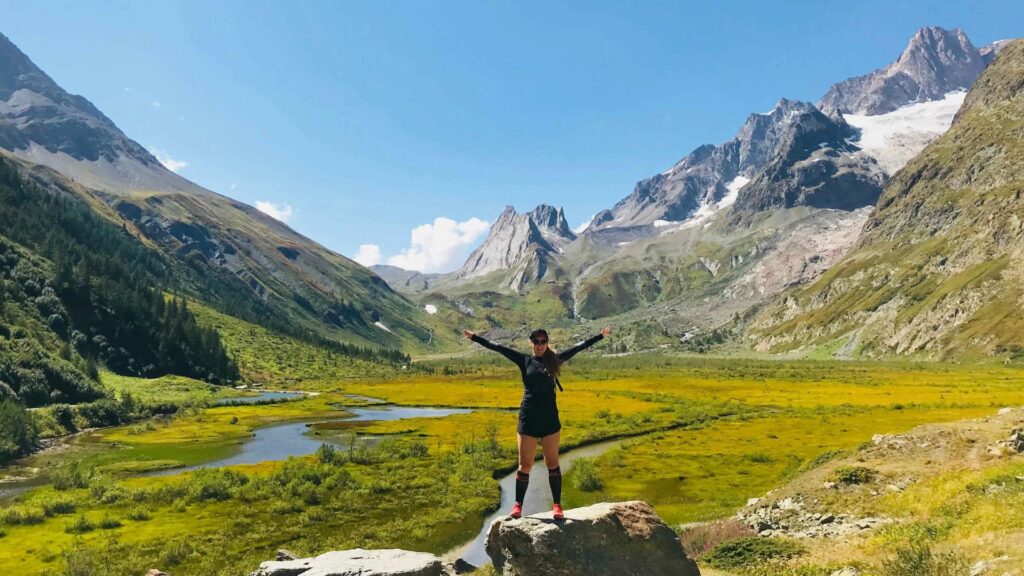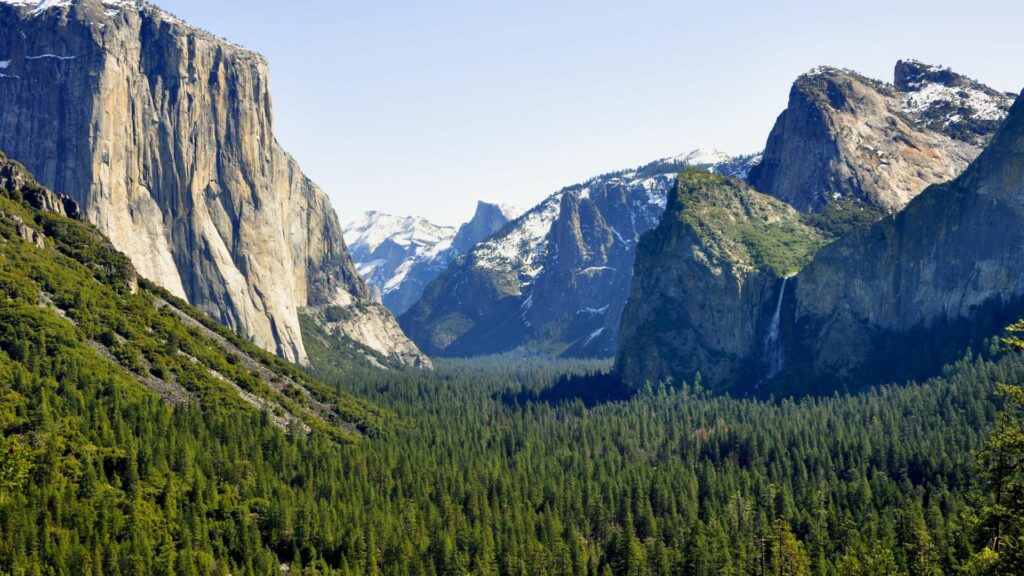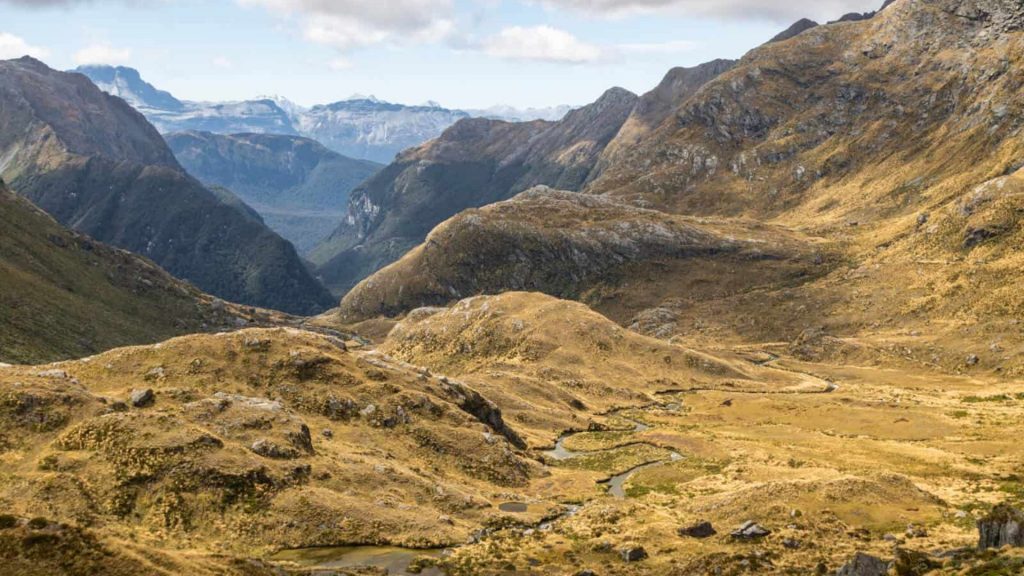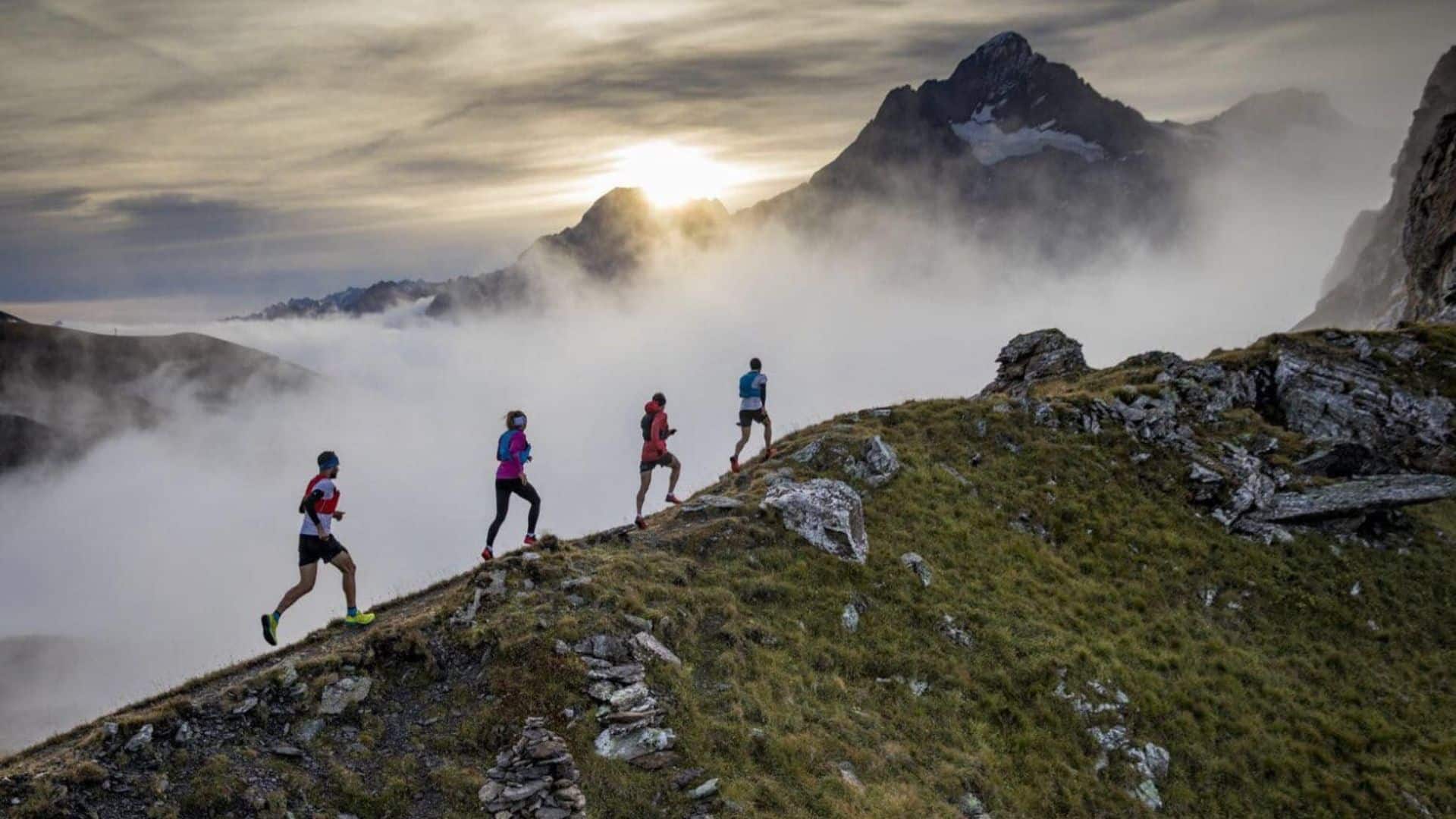Trail running in the mountains is much more than just a race. It is an invitation to immerse yourself in the grandeur of nature. To meet your physical challenges while marveling at the raw beauty of the mountainous landscapes. This discipline combines passion for sport and the quest for adventure. Offering runners the unique opportunity to ride steep trails, breathe clean mountain air and connect deeply with the environment. This article is for anyone ready to lace up their trail shoes and explore the mountains from a different perspective. Through the exhilarating prism of trail running.
The benefits of trail running in the mountains
Trail running in the mountains offers a deeply immersive experience in nature. Allowing a unique connection with the environment surrounding the runner. This sporting practice transcends simple physical activity, inviting a contemplative interaction with often preserved and wild landscapes. On a physical level, trail running stimulates the entire body. Improving cardiovascular endurance, muscular strength and coordination, thanks to the diversity of terrain encountered.
Psychologically, running in the mountains helps reduce stress and increase levels of well-being, the natural beauty and calm of the trails. Providing a powerful antidote to the hustle and bustle of everyday life. The relative isolation and physical challenges also build mental resilience, teaching patience, perseverance and humility in the face of the vast expanses of nature. In short, trail running in the mountains is a celebration of freedom. A quest for self-improvement that nourishes both body and mind.
Essential equipment for trail running
Trail shoes
Trail shoes specifically designed for mountain running are essential. They offer better grip on varied terrain and protect your feet with a reinforced design.
Technical clothing
Technical clothing suitable for trail running promotes comfort and thermal regulation. Opt for breathable fabrics in summer and insulating layers in winter.
Hydration system
A hydration system, such as a hydration pack or a belt with bottles, is crucial for staying hydrated without weighing down your movements.
Trail backpack
A lightweight backpack designed for trail running to carry food, water, extra clothing and a first aid kit.
Sun protection
Sun protection, including a hat, sunglasses and sunscreen, is essential to avoid sunburn during mountain races.
Mountain trail running equipment is designed to maximize safety and comfort, allowing you to fully concentrate on the running experience.
Unmissable destinations for trail running
Trail running takes runners on adventures through some of the most breathtaking landscapes on the planet. Among the must-see destinations, we find:
Mont Blanc, Alps

The Mont Blanc tour crosses three countries: France, Italy and Switzerland, offering spectacular views of the highest peak in Western Europe. The trails wind through alpine valleys, glaciers and forests, offering a diversity of terrain for all levels of trail runners.
Yosemite National Park, United States

Yosemite, with its towering granite cliffs and giant redwoods, offers trail running routes through some of America's most iconic landscapes. Trails like the Mist Trail or the route to Half Dome challenge runners with steep climbs. And reward their efforts with unforgettable views.
Routeburn Track, New Zealand

This trail runs through the heart of the South West Wilderness of New Zealand. Offering panoramas of snow-capped mountains, alpine lakes and dense forests. The Routeburn Track is a popular destination for runners seeking seclusion and natural beauty.
These destinations not only offer challenging trail running routes but also total immersion in natural splendor. Allowing runners to connect deeply with the environment while testing their limits.
Preparation and training
Preparing for trail running in the mountains requires a holistic approach. Targeting both physical and mental aspects. Physically, progressive training focusing on endurance, strength and flexibility is crucial. Incorporating long runs over varied terrain helps adapt to the specific challenges of mountain trails. While strengthening exercises, especially for the legs, core and ankles, prevent injuries. Hiking or trekking can also improve acclimatization to significant elevation changes.
On a mental level, preparing for the physical and psychological challenges of mountain trails is essential. This involves developing resilience, patience and the ability to stay positive in the face of adversity. Visualization and meditation techniques can help strengthen concentration and manage stress. Appropriate training, combining physical and mental preparation, is therefore essential to meet the challenges of trail running in the mountains with confidence and safety.
Respect nature: good trail running practices
Trail running in the mountains is an activity that is part of a deep respect for the environment. Runners should strive to minimize their impact on the fragile ecosystems they explore. This starts by carefully following established trails to avoid damaging local flora or disturbing wildlife. Taking away all trash, including food wrappers and water bottles, is essential to preserving the purity of natural landscapes. Using sunscreen products and biodegradable insect repellents also helps reduce contamination of waterways and soils.
Additionally, learning about protected areas and specific restrictions before heading out helps ensure trail activities comply with local regulations aimed at protecting the environment. Adopting these responsible practices ensures that mountain trails remain intact and welcoming for future generations of runners and hikers.

